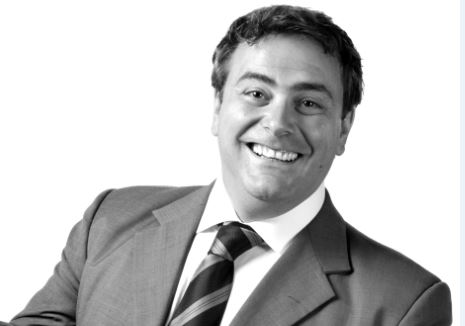After concluding the 21st Conference of Parties in Paris, aimed to fight climate change, on 11 December 2015, 193 member countries of the United Nations’ Framework Convention on Climate Change convened to reach a universal, legally binding agreement to reduce carbon emissions.
The agreement includes a strong long-term goal to reduce carbon emissions, limiting the global temperature rise to below 2°C. Scientists claim that while 2°C is required to avoid the most devastating effects of climate change it will not be enough to save many of the world’s most vulnerable countries, which are aggressively pushing for the 1.5°C target to be included in the agreement.
The agreement places a legal obligation on developed countries to provide climate finance to developing countries to support their efforts to fight climate change. The deal describes the sum as a “floor” and is set at $100bn a year, beginning in 2020.
The agreement also states that participant countries are required to assess their efforts to reduce carbon emissions every five years and expand upon those efforts as they are capable.
Ivano Ianelli, CEO of Dubai Carbon Centre of Excellence (DCCE) said: “A regular assessment will allow countries to acknowledge their current efforts, and make them ambitious to achieve the set target. In 2018, there will be a facilitative dialogue to take stock of collective efforts of countries, which should inform the efforts of future commitments.”
A key goal of the Paris agreement is to ensure a transparent system that will ensure countries meet their promise to reduce greenhouse gas emissions. This comes just as the Dubai Executive Council endorses Dubai’s first Carbon Abatement Strategy 2021.
For its part, the United Arab Emirates’ Intended Nationally Determined Contribution aims at limiting emissions and increasing the share of clean energy in the energy mix to 24% by 2021, up from 0.2% in 2014. To meet the challenge and address climate change while supporting the economy, the UAE will turn to innovation and technological breakthroughs as drivers of a green economy.




